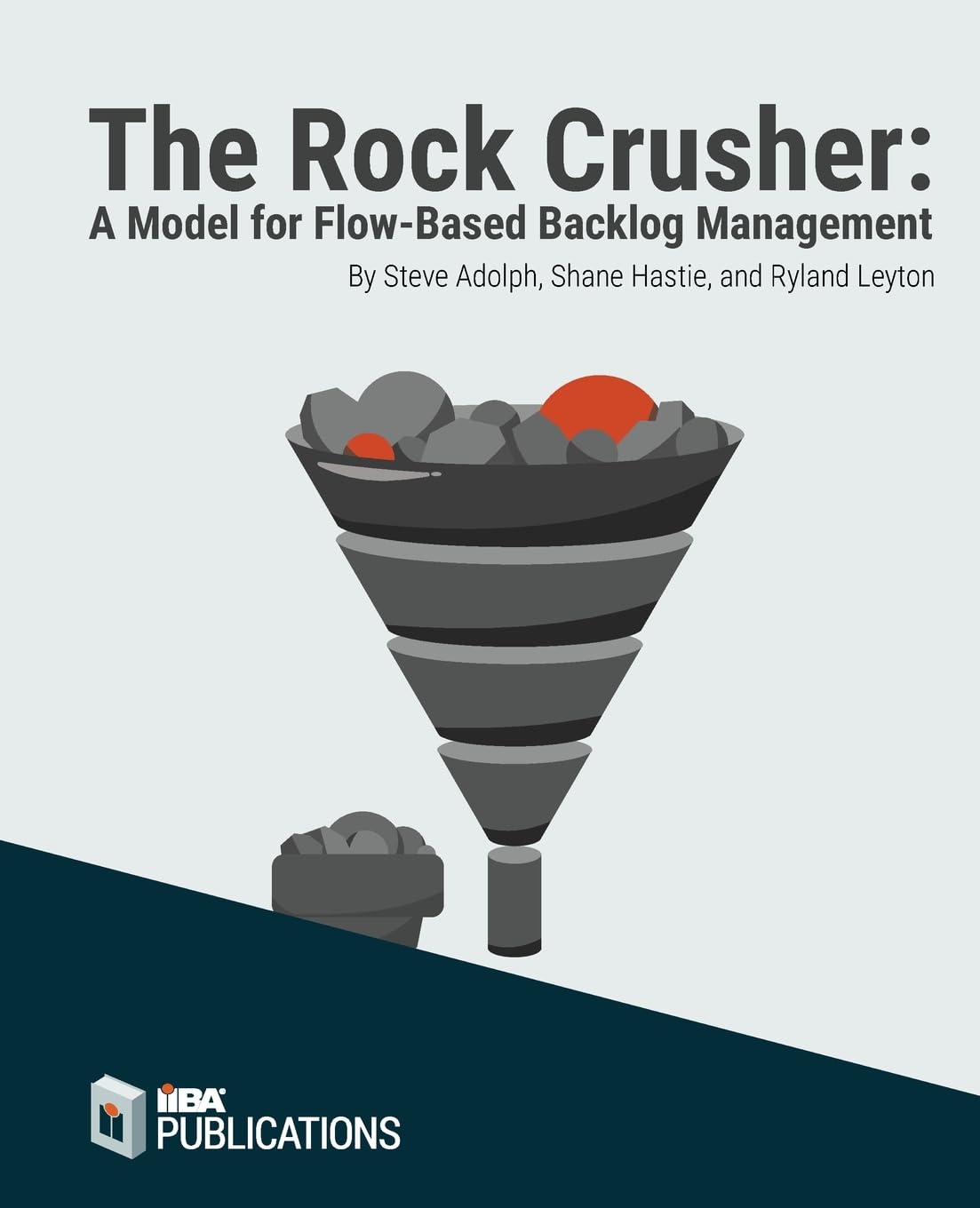
Backlog Refinement
What is Backlog Refinement?
Backlog refinement is a recurring process in agile project management in which team members review, update, and prioritize items in the product backlog. This activity ensures the backlog remains organized, up-to-date, and ready for upcoming sprint planning meetings. The product owner often leads this activity with input from the development team. It helps break down large tasks, clarify requirements, and estimate effort. Teams improve their understanding of the needed work and maintain a clear pipeline of actionable work.
Teams widely practice refinement to improve workflow efficiency and team alignment, even though frameworks like Scrum do not define it as a formal ceremony. By refining the backlog regularly, teams avoid spending too much time during sprint planning, which can otherwise become inefficient or disorganized.
Key Points
- It is typically done once or twice per sprint but can vary depending on the team’s needs.
- The process includes clarifying backlog items, adding acceptance criteria, and splitting large stories into smaller, manageable tasks.
- Estimating the size or complexity of backlog items is often part of refinement.
- Backlog refinement promotes shared understanding among team members, reducing ambiguity.
- It improves sprint planning by ensuring the highest-priority work is ready to be selected.
Related Terms
- The product backlog is the list of work items teams review and update during backlog refinement sessions.
- The product owner is usually responsible for leading the refinement process and ensuring backlog items reflect business priorities.
- Teams clarify and break down user stories during refinement, which they often use as the format for backlog items.
- Refinement benefits sprint planning by ensuring well-defined and ready-for-commitment backlog items.
- During refinement, teams use story points or other estimation methods to gauge the effort required for backlog items.
Backlog Refinement: Example
A software development team meets mid-sprint to review the backlog. The product owner brings a list of new user stories that require input. The team discusses each item, asks clarifying questions, and suggests splitting one large story into two smaller ones. They assign story points to each item and adjust priorities based on new business needs. By the end of the meeting, the top items in the backlog are ready for the next sprint planning session.
Backlog Refinement: Best Practices
- Schedule regular refinement sessions to maintain momentum and consistency.
- Encourage team-wide participation to gather diverse perspectives and promote understanding.
- Keep discussions focused and time-boxed to respect team capacity.
- Use clear acceptance criteria to ensure items are well-defined and testable.
- Continuously revisit priorities to align with changing project goals or customer feedback.
Additional Resources
Preparing for a PMI certification?
- Exam Prep Courses: PMP®, CAPM®, and PMI-ACP®
- Exam Simulators: PMP®, CAPM®, PMI-ACP®, PMI-PBA®, PMI-RMP®, PMI-SP®, PgMP®, and PfMP®
- Professional Development Units (PDUs): 15, 30, and 60 PDU Bundles




